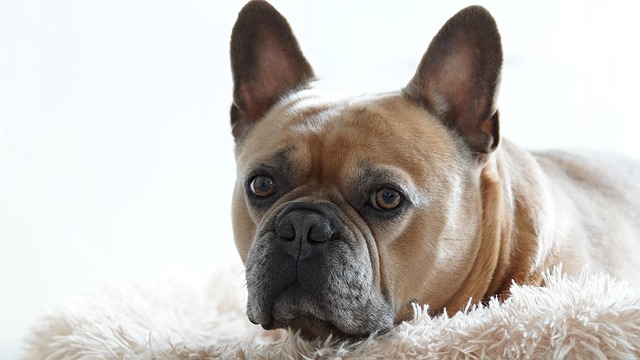
How do i train my dog to be obedient?
Watching your dog dart across the park ignoring your calls isn’t just frustrating—it can put them at risk near busy streets or public spaces.
For puppies, learning the two basic commands of "sit" and "stay" is not only the beginning of good behavioral habits, but also an important bridge to establish a deep emotional connection with the owner. These two trainings may seem simple, but they actually contain scientific methods and endless patience, and are full of the owner's deep love for the puppy.
When you decide to start training a puppy, the timing is crucial. When puppies are 3-6 months old, it is the golden period for learning new skills. At this stage, they are like a blank sheet of paper, full of curiosity about the world and have strong plasticity. Before starting training, you need to create a quiet and undisturbed space for the puppy. A corner of the living room or a small courtyard filled with sunshine are ideal training venues. An overly noisy environment will distract the puppy's attention and make it difficult for them to focus on training.
When training the "sit" command, make full use of the puppy's curiosity and desire for food. First, take out the puppy's favorite snacks and gently shake them in front of it to attract its attention. Then, slowly move the treat from above its nose to behind its head. In order to track the treat, the puppy's head will unconsciously tilt back, and the center of gravity of its body will move backward. At this time, its butt will naturally touch the ground, completing the "sit" action. At the moment the puppy sits down, clearly issue the "sit" command, and immediately reward it with treats, while praising it in a gentle tone, such as "Baby, you are awesome." The puppy will associate the "sit" action with treats and praise, and gradually understand the meaning of this command. In this process, you will see excitement flashing in the puppy's eyes, and its trust in you is also deepening little by little.

As the puppy gradually becomes familiar with the "sit" command, the training should be gradually increased in difficulty. Try to issue commands in different places and different situations to let the puppy adapt to various environments. When the puppy successfully makes the "sit" action in a complex environment, the pride in its eyes and its dependence on you will make you feel extremely warm.
The training of the "stay" command requires more patience and skills. First let the puppy make a "sit" posture, then stand in front of it, stretch out your palm, make a "stop" gesture, and clearly give the "stay" command. At the beginning, the puppy may not understand and will try to stand up and approach you. At this time, don't rush, gently press its body back to the "sit" posture, and repeat the command again. When the puppy can stay for a short time, give rewards and praise immediately. Gradually extend the time the puppy stays, from the initial few seconds to a few minutes, or even longer. In this process, the puppy will experience struggles and confusion, but every successful stay is a testimony to its growth.
During the training process, it is inevitable to encounter setbacks. The puppy may not cooperate with the training because of distraction, fatigue or bad mood. At this time, don't punish it, but understand its feelings, suspend training, and give it some time to rest and adjust. Punishment will only make the puppy feel fear and confusion, and destroy the trust between you. When the puppy performs well, give praise and rewards generously. A gentle touch and a warm compliment can make the puppy feel your love.
Training puppies to learn to "sit" and "stay" is not just about teaching them two actions, but also about establishing a way of communication and a deep emotional bond. Every successful training is a milestone in the growth of the puppy and a witness to the beautiful memories between you. Puppies use their innocent love to accompany us through every ordinary or extraordinary day. And we use patience and love to guide them in the direction of growth. When the puppy can skillfully follow your instructions, sit quietly beside you, or wait for your call from a distance, you will feel an indescribable sense of accomplishment. This is not only the result of training, but also the crystallization of love and trust.

Watching your dog dart across the park ignoring your calls isn’t just frustrating—it can put them at risk near busy streets or public spaces.

New puppy owners often find themselves rushing to clean up accidents before they set in, and that’s where puppy pad training becomes a game-changer.

If you've noticed your dog's waistline disappearing and your veterinarian has mentioned those few extra pounds, your first instinct might be to simply reduce the amount of food in their bowl.

Training a dog to use a designated spot indoors isn’t as daunting as many new owners fear, but it does take consistency and an understanding of your pet’s needs.

That moment of dread on a walk is all too familiar for many new dog owners. You see another dog approaching down the sidewalk of your neighborhood

If the sight of another dog on your neighborhood walk makes your heart sink as your own dog erupts into a frenzy of barking and lunging, you're not alone.